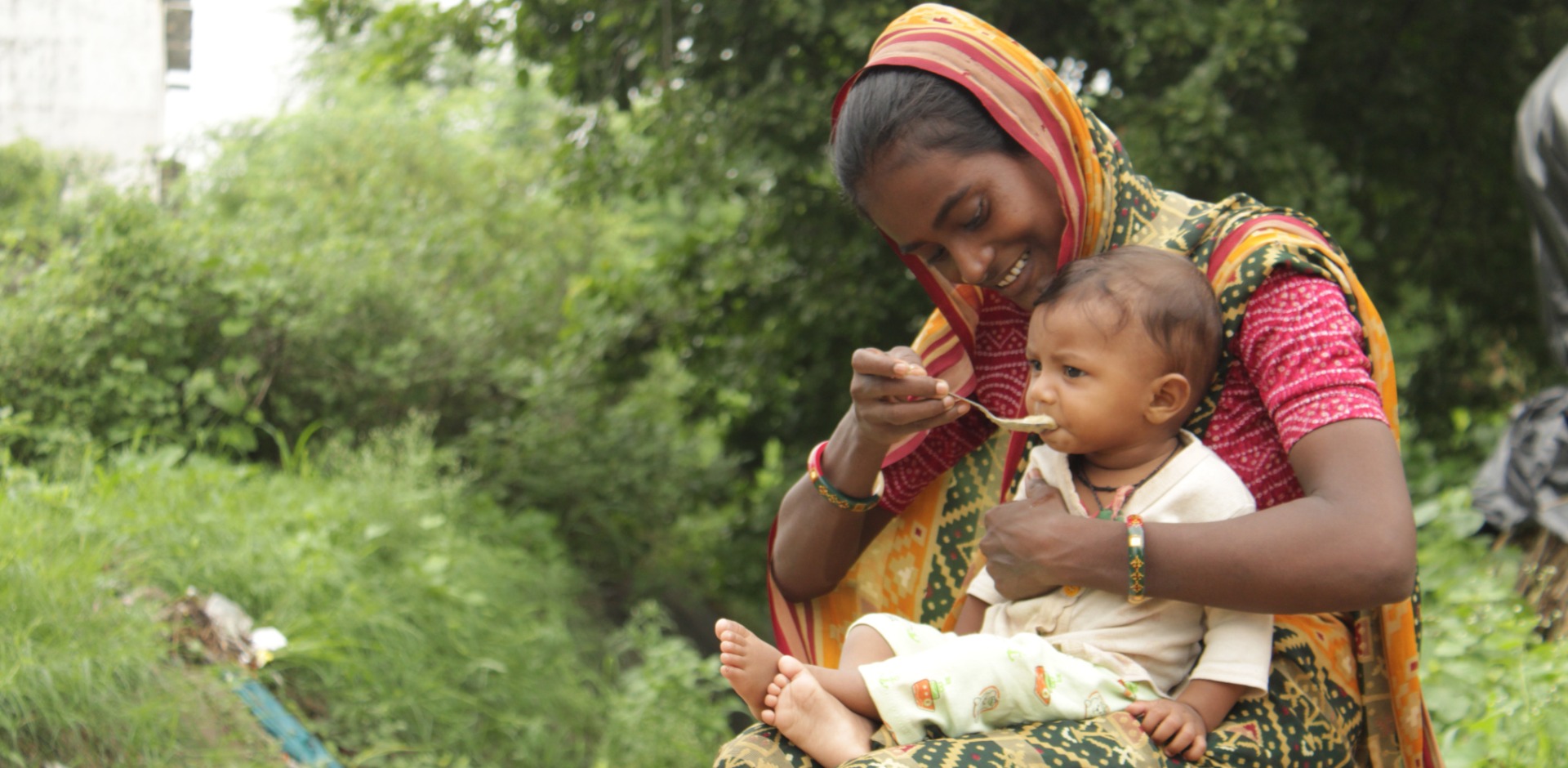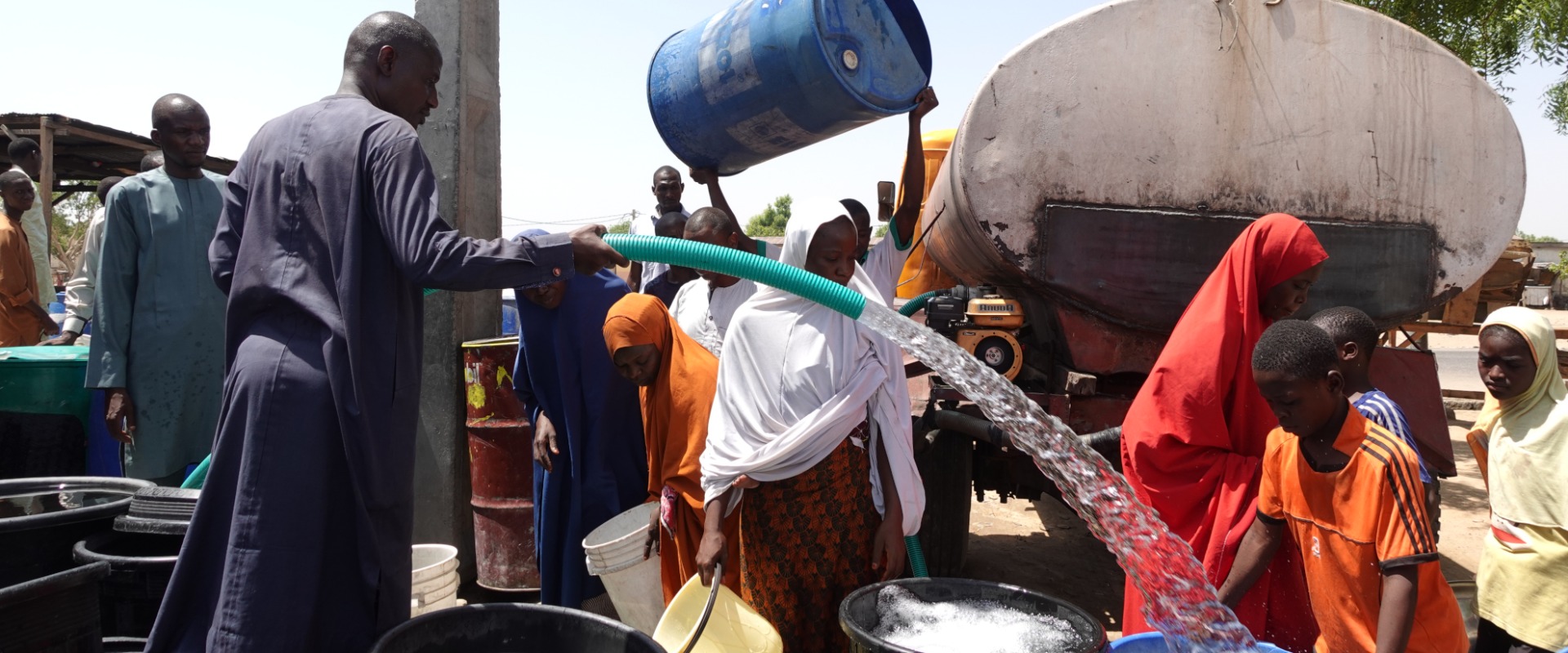
This Holiday Season, Give the Gift of Hope

More than a decade after conflict first erupted, Nigeria’s northeast remains fragile. The scars are everywhere: millions displaced, families living in uncertainty, and hunger worsening by the day. Despite steady economic growth on paper, nearly half the population still lives below the poverty line.
Today, an estimated 7.8 million people across the country need humanitarian assistance, with 3.6 million of them in the northeast. Meanwhile, 33 million people are projected to face acute food insecurity during the lean season (June to September), the highest number in six years. Natural disasters like floods and droughts continue to compound the crisis, wiping out livelihoods just as quickly as they’re rebuilt.
While Borno, Adamawa, and Yobe states remain at the center of humanitarian appeals, malnutrition is reaching emergency levels in other parts of the country, including Sokoto, Katsina, and Zamfara.
This year, 5.4 million children and 787,000 pregnant or breastfeeding women are expected to suffer from acute malnutrition. Rising conflict, displacement, food and water shortages, poverty, and poor maternal health all feed into the crisis.
Recent U.S. funding cuts have forced nearly 300 health facilities to suspend essential services, leaving communities without access to critical care. While many of these clinics remain physically open, they can no longer treat patients. The pressure has shifted to a small number of facilities still operating, many at reduced capacity, even as needs continue to climb. Action Against Hunger supports several of these overstretched clinics, now serving far more people than they were ever designed to handle.
“We’ve seen twice as many patients as usual,” says Dr. Kamai Nkeki Yahi. “The facility is overwhelmed. If this funding stops, how will people survive? They can’t afford food, let alone treatment.”
In Sokoto, the situation is critical: an estimated 2.8 million children under five are suffering from acute malnutrition. For Zuwaira Shehu, a young mother from a remote village, the crisis is deeply personal. In less than a month, she lost five of her children to waterborne illness and malnutrition. Years later, when her surviving daughter began showing the same terrifying symptoms, Zuwaira rushed her to a nearby clinic, one of the few still operating, with support from Action Against Hunger. This time, help came in time. “After two days at the clinic, she opened her eyes,” Zuwaira recalls. “Before that, she was so weak — it was like she had no weight at all.”
In Borno State alone, more than 1.7 million people remain displaced, many of them uprooted multiple times over. Entire families have been torn from their homes, communities, and livelihoods. Today, thousands are living in overcrowded camps with little or no access to clean water, food, or safe shelter.
For women like Balu Bukar, the trauma runs deep. Violence forced her to flee from her village with her two children. “One of them died on the way,” she recalls. “I had to cover the body with a cloth and leave it by the roadside.” Three days later, she lost her second child to extreme exhaustion and dehydration.
“We’re seeing new needs emerge every day,” says Bulus Njeduwa, Emergency Coordinator for Action Against Hunger.
In the Ngomari Kare Kli host community, Njeduwa team drilled boreholes, set up solar-powered water points, and created wastewater systems to support kitchen gardens. “Before, people walked four kilometers for water. Now, it’s in the village.”
Yet hardship persists. Natural disasters, floods, sandstorms, and strong winds continue to destroy shelters. Without income or jobs, many displaced families have left again, in search of opportunities that may never come.
Conflict hasn’t only displaced families, it’s devastated entire economies. “Fifteen years ago, Borno was known for its agriculture,” says Emmanuel Pmabi, a field coordinator with Action Against Hunger. “But when conflict hit, people lost everything—their land, their work, their ability to feed their families.”
In Ngomari Kare Kli, ongoing insecurity and kidnappings keep families from returning to their farmland. In 2023, several people working in the fields were killed, spreading fear throughout the community. Many are now too afraid to return to their land, even as the lean season approaches, which is the best time for farming.
When income dries up, food does too. Families reduce meals or skip them altogether. This cycle can quickly lead to malnutrition, especially for children and pregnant women. That’s why restoring livelihoods is a critical part of Action Against Hunger’s work.
In 2024, over 33,000 Nigerians launched small businesses with support from our teams, from poultry farming to vegetable growing. Zuwaira in Sokoto will soon begin farming her own land with help from agricultural trainers. In Borno, Abubakar Bulama Modu has turned egg hatching into a thriving enterprise. These stories are proof: when people are given a chance, they rise.
But aid is drying up.
Humanitarian organizations are being forced to scale back just as needs are hitting record highs. Despite it all, Action Against Hunger remains on the ground in Borno, Yobe, and Sokoto states — reaching more than 1.7 million people in 2024 through food, water, nutrition, health, and mental health support.
These lifesaving programs are only possible thanks to the generosity of donors, including the European Union, ECHO, the French Government, AFD, GAC, GFFO, SIDA, FCDO, and USAID.
In the face of immense hardship, Nigeria’s most vulnerable communities continue to show extraordinary resilience. But they cannot , and should not , do it alone.
Join our community of supporters passionate about ending world hunger.